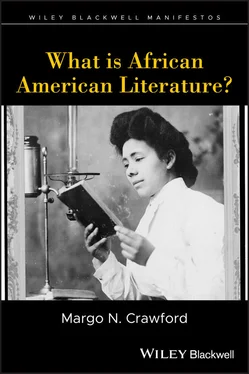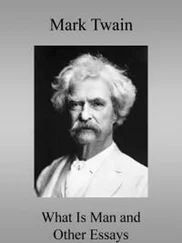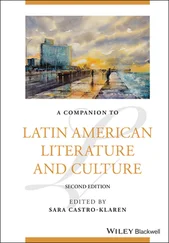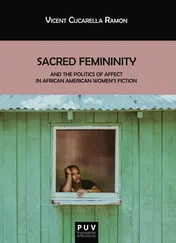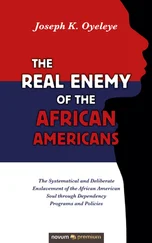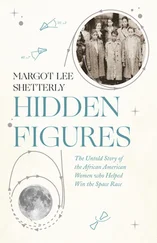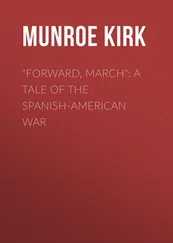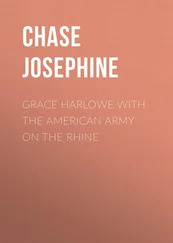In order to feel the difference between the nerve endings in African American literature and other literary traditions, we might lean into the difference between the depiction of the “black book” in Bernard Malamud’s The Tenants (1971) and In Our Terribleness . Malamud, in The Tenants , depicts two struggling writers (one white and one black) living in an abandoned building in New York City in the 1960s. Their initial friendship is torn apart by their battle to control the space of their creativity. The tension they feel in their shared, abandoned building is, ultimately, the tension between a literary aesthetic that claims a universalism and a literary aesthetic that announces its blackness. As Malamud approaches and then shatters the notion of a negotiated universalism (as they move from friendship to hating one another), the novel becomes a direct focus on the textual production of whiteness alongside the textual production of blackness. The characters, Harry Lesser and Willie Spearmint, type in their separate zones in the abandoned building and one of the texts, written by Willie, becomes Malamud’s parody of the aesthetic warfare that shaped the Black Arts Movement. Malamud’s re‐production of the experimental, performative texts that shaped the BAM can be read as a satire of BAM texts that aim to create distinctive black aesthetic space through the sheer constant repetition of the words “black” and “blackness.” But The Tenants becomes more than a dismissal of the BAM when we recognize that Malamud, consciously or unconsciously, captures the BAM impulse to create layers and depth out of repetitions that appear to be a superficial naming process. Malamud, at an earlier point in the novel, before the appearance of “Manifested Destiny,” includes a scene in which Lesser (the white writer whose point of view shapes the full novel) sees Willie “sitting naked at his table, his head bent over his manuscript” (166). Lesser thinks, “Maybe he compares his flesh to his black creation on paper? Or is he mysteriously asserting the power of his blackness?” (166). Malamud’s character is ridiculing the BAM‐inspired writer’s impulse to put black flesh on black paper and write a black world into existence, but this flesh/text tension profoundly shapes the is‐ness of African American literature.

Figure 1.Bernard Malamud, The Tenants (1971)
The two writers in The Tenants meet in an abandoned building. Lesser is a white writer who is a legal dweller and Willie is a squatter and intruder. Malamud makes Willie’s creative writing sound like the endless reproduction of 1960s and 70s Black Power rhetoric, but Lesser (the white, proper tenant) is depicted as the more visionary artist who makes the abandoned building become his space of literary abandonment. The idea of African American literature is the escape from the buildings, the structures, that crush black abandonment. In the space of abandonment, black writers continue to create more space for black abandonment. The stranded embodiedness of the literature is the most distinctive feature of the body of literature. As I explore the role of affect (such as blush, vibration, shiver, twitch, and wink) in the textual production of the black book, I argue that the is‐ness of African American literature is a collective nervous system. Each chapter, in this book, pivots on the affective exchanges that emerge as the idea of the black body shapes the idea of the black book. In the first chapter, Toni Morrison’s critique, in her last novel, of the idea of the always already marked black body sheds light on late‐style Morrison’s refusal of any impulse to make African American literature a body of trauma. Morrison, in God Help the Child, her last novel published while she was alive, makes us blush as we feel a rechanneling of the final words in Jazz : “Look where your hands are. Now” (229). In chapter two, I uncover the role of “mood books” in the production of the idea of African American literature. Chapter three approaches the is‐ness of African American literature through “vibration.” I argue that poetic vibrations push against the narratives that attempt to define African American literature. In chapter four, I argue that the body of African American literature has been touched by a diasporic flow of shivers that are frozen when we continue to naturalize either the “Americanness” of the literature or the non‐Americanness of the literature. I propose that the is‐ness of African American literature is stranded in a space of diasporic shivers. In the final chapter, the idea of African American literature’s eternal performance of the psychic hold of slavery is troubled by my focus on the difference between writers twitching from the hold of slavery and writers winking at the assumption that the theme of African American literature is, when it is all said and done (on the lowest frequencies), some version of the afterlife of slavery.
The is‐ness of twenty‐first century African American literature includes the current practice of the unmarking of blackness as writers become similar to Sethe’s mother, in Morrison’s Beloved , who refuses to pass on the marking of pain:
She picked me up and carried me behind the smokehouse. Back there she opened up her dress front and lifted her breast and pointed under it. Right on her rib was a circle and a cross burnt right in the skin. She said, “This is your ma’am. This,” and she pointed. “I am the only one got this mark now. The rest dead. If something happens to me and you can’t tell me by my face, you can know me by this mark.”
Scared me so. All I could think of was how important this was and how I needed to have something important to say back, but I couldn’t think of anything so I just said what I thought. “Yes, Ma’am,” I said. “But how will you know me? How will you know me? Mark me, too,” I said. “Mark the mark on me too.” Sethe chuckled.
“Did she?” asked Denver.
“She slapped my face.” 26
The move to is‐ness in contemporary African American literature is the refusal to continue the “marking of the mark.” The is‐ness is the trembling reading experience that is not always already marked by the black past; the is‐ness is the reverberation of the slaps (the sensory shocks) that new literary spaces of black feeling are creating.
Amiri Baraka delivers one of the most direct theories of “black feeling” as the core of African American literature. In We Are Our Feeling (1969), Baraka’s language becomes deeply experimental as he searches for the grammar that allows feeling to be the “is” of the black aesthetic. He begins this essay with a breaking down of the word “aesthetic” into “a theory in the ether” and then moves to a focus on black feeling as the alternative to the “theory in the ether.” As he struggles to show that feeling, an emotional experience, is the only way to answer his opening question “What does aesthetic mean?”, he finds the word “is” as he breaks out of standard English and hails the emergence of a literary tradition that will feel black. He writes:
We are our feeling. We are our feelings ourselves. Our selves are our feelings.
Not a theory in the ether. But feelings are central and genuine and descriptive. Life’s supremest resolution is based on wisdom and love.
How is a description of Who. So a way of feeling or the description of the process of is what an aesthetic wd be, (italics mine) 27
Kenneth Warren, in What was African American Literature? , frames the was‐ness of African American literature through the idea of the “historical entity” (8). Warren writes, “[…] African American literature might be viewed as a ‘historical' entity rather than as the ongoing expression of a distinct people” (8). As a historical entity, African American literature would be mappable. We could determine when it begins and which writers are in the tradition, on the edge, and outside the tradition. But the mood of African American literature might show the limits of historicism. How can historicism explain black affect? Could it be that certain books feel black? What is this feeling? Is African American literature a “great realist project” that (in the full spirit of Fredric Jameson’s theory of realism in The Antinomies of Realism ) is constantly “reinforced” and “imperiled” by the evanescence of affect? Jameson argues that affect “appropriates a whole narrative apparatus and colonizes it.” 28 The “whole narrative apparatus” of African American literature has always gained its strange wholeness through the uncontainable vibrations of black affect. In “Reading for Mood,” Jonathan Flatley approaches mood as a “collective affective atmosphere.” He writes, “Mood is a concept that gives us a way to describe the feeling world of these readers, if we understand mood to name a collective affective atmosphere, one structured and shaped by social forces and institutions and particular to a given historical moment” (italics mine). 29 African American literature is best understood as writers’ and readers’ co‐creation of a black mood, of a black feeling world .
Читать дальше
